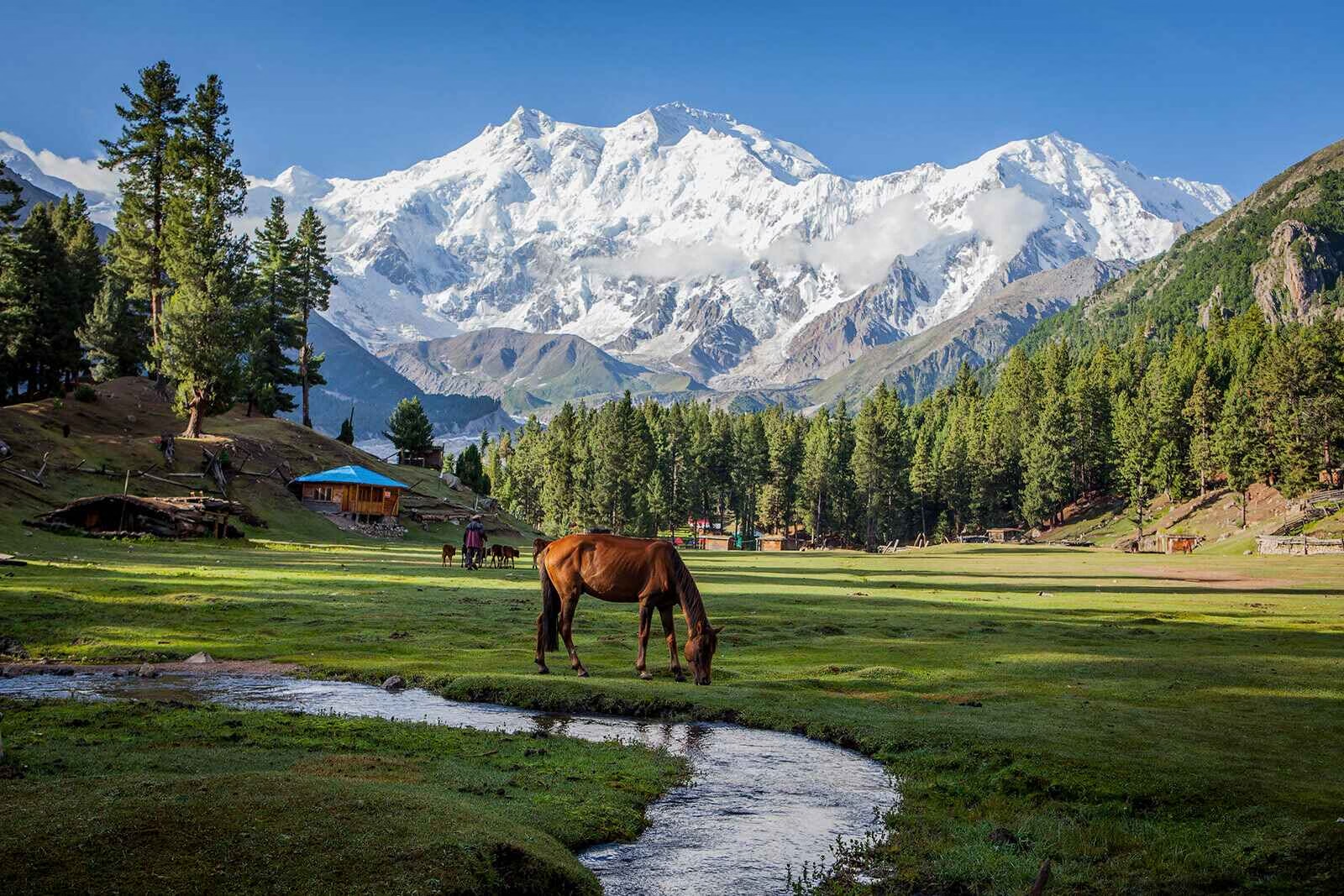Nanga Parbat (Urdu: نانگا پربت), also known as the “Killer Mountain”, is the ninth-highest mountain in the world, rising dramatically to an altitude of 8,126 meters (26,660 feet). Located in the Diamer District of Gilgit-Baltistan, Pakistan, it is the westernmost anchor of the Himalayan Range and one of the most iconic and fearsome peaks on Earth.
📍 Where is Nanga Parbat Located?
- Region: Diamer, Gilgit-Baltistan, Pakistan
- Range: Western Himalayas
- Coordinates: 35.2372° N, 74.5892° E
- Nearest City: Chilas
- Visible from: Fairy Meadows, Karakoram Highway, Raikot Bridge
📌Google Maps Location
🌄 Why Is Nanga Parbat So Famous?
Nicknamed “The Killer Mountain”, Nanga Parbat is infamous for its deadly terrain and high fatality rate among early climbers. Its steep, icy slopes and sudden weather shifts have challenged even the most experienced mountaineers. But beyond the danger lies breathtaking beauty — a colossal pyramid rising above green meadows and deep valleys.
Highlights:
- 9th highest peak in the world
- Deadliest of the 8000m peaks (especially before 1990s)
- Home to the Rupal Face, the highest mountain face in the world (4,600m)
- Popular among trekkers for Fairy Meadows and Base Camp treks
- Dramatic views from Raikot Bridge on the Karakoram Highway
History & First Ascent of Nanga Parbat
Early Exploration:
- 1841: First European sighting by British surveyor George Hayward
- 1895: Albert F. Mummery made the first serious attempt but tragically disappeared
🔹 First Ascent:
- 1953: Hermann Buhl of Austria made the first successful ascent via the Rakhiot Face, solo and without supplemental oxygen — a legendary feat in mountaineering history.
🗓️ Fun Fact: Buhl took 40 hours round trip, spending a night standing on a ledge near the summit!
🧗♂️ Notable Ascents and Expeditions
| Year | Climbers / Team | Achievement |
|---|---|---|
| 1934 | Willy Merkl (German) | Failed attempt, 10 climbers died |
| 1953 | Hermann Buhl (Austria) | First successful ascent |
| 1970 | Reinhold Messner & Günther Messner | First climb of the Rupal Face; Günther died descending the Diamir Face |
| 1985 | Jerzy Kukuczka & Carlos Carsolio | New routes and alpine-style climbs |
| 2016 | Simone Moro, Tamara Lunger, Ali Sadpara, Alex Txikon | First successful winter ascent |
🌲 Fairy Meadows & Base Camp Trek – A Dream for Trekkers
While summiting Nanga Parbat is for expert climbers, Fairy Meadows is a trekker’s paradise. This lush alpine meadow offers stunning views of the snow-covered peak and is considered one of the most beautiful places in Pakistan.
Trekking Route:
- Start Point: Raikot Bridge on the Karakoram Highway
- Jeep Track: Raikot to Tattu Village (~1.5 hours)
- Trek: Tattu to Fairy Meadows (~2–3 hours hike)
- Optional: Hike to Nanga Parbat Base Camp (~4–5 hours from Fairy Meadows)
Best Time to Visit
- May to September: Ideal weather and clear skies
- June to August: Peak tourist season
🌤️ Weather & Safety
| Season | Conditions |
|---|---|
| Spring (Apr–May) | Snow melting, cool temps |
| Summer (Jun–Aug) | Best for trekking, mild conditions |
| Autumn (Sep–Oct) | Crisp views, fewer crowds |
| Winter (Nov–Mar) | Harsh cold, closed treks |
⚠️ Caution: Always check weather conditions. Carry proper gear and hire local guides for safety.
Nanga Parbat in Pictures
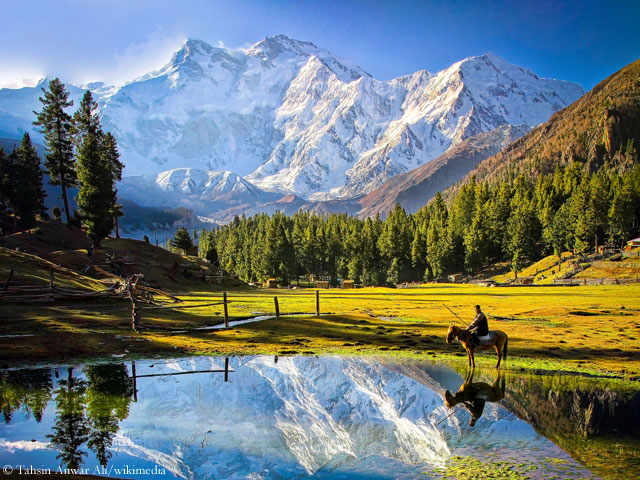

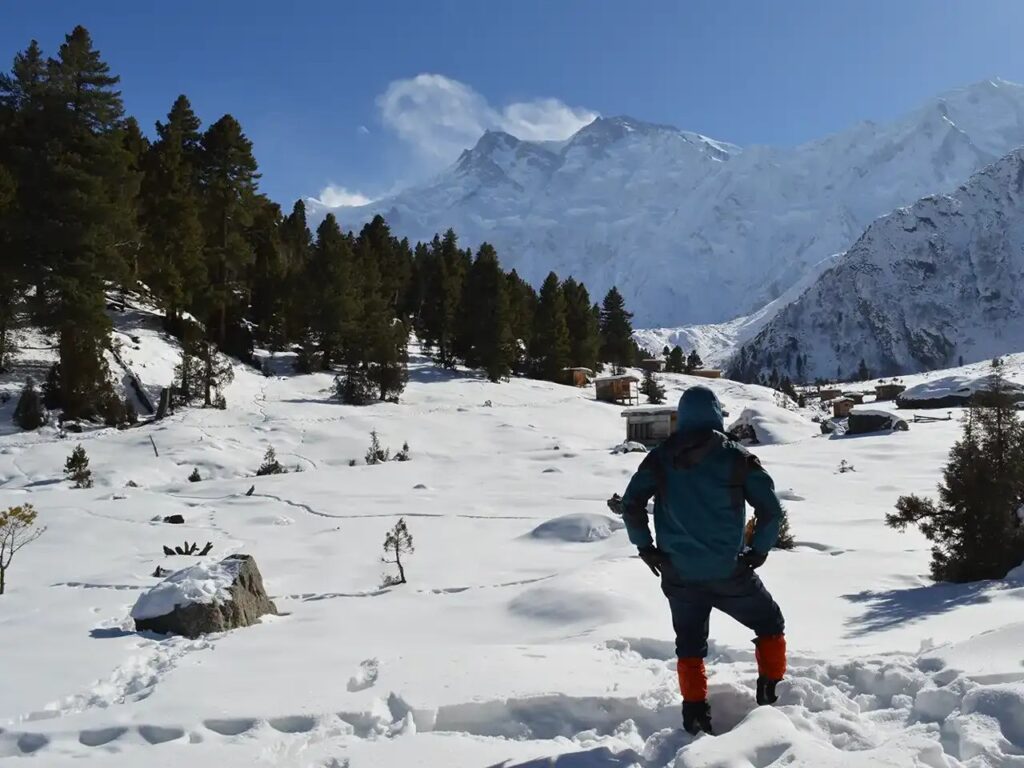
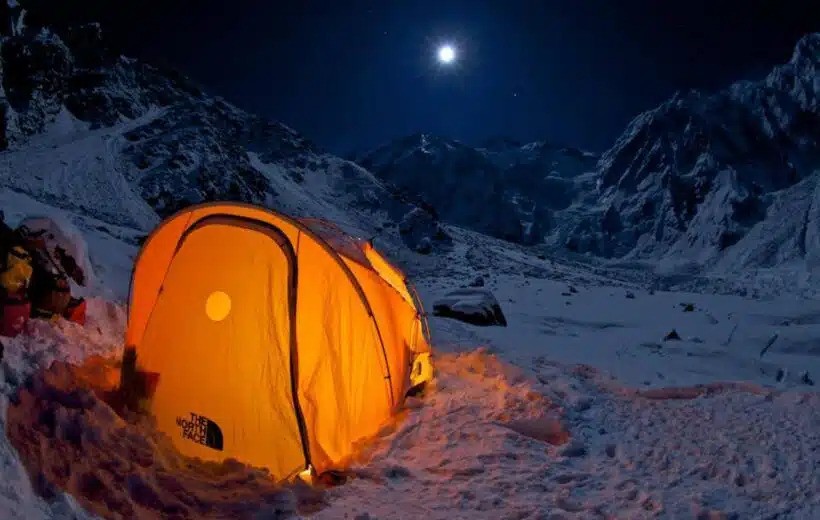

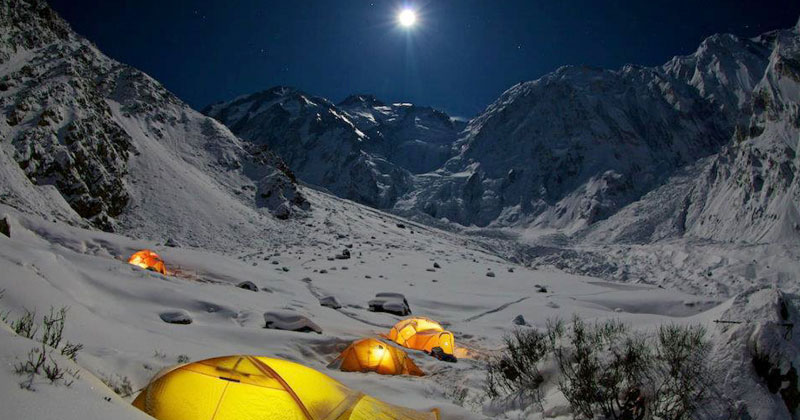
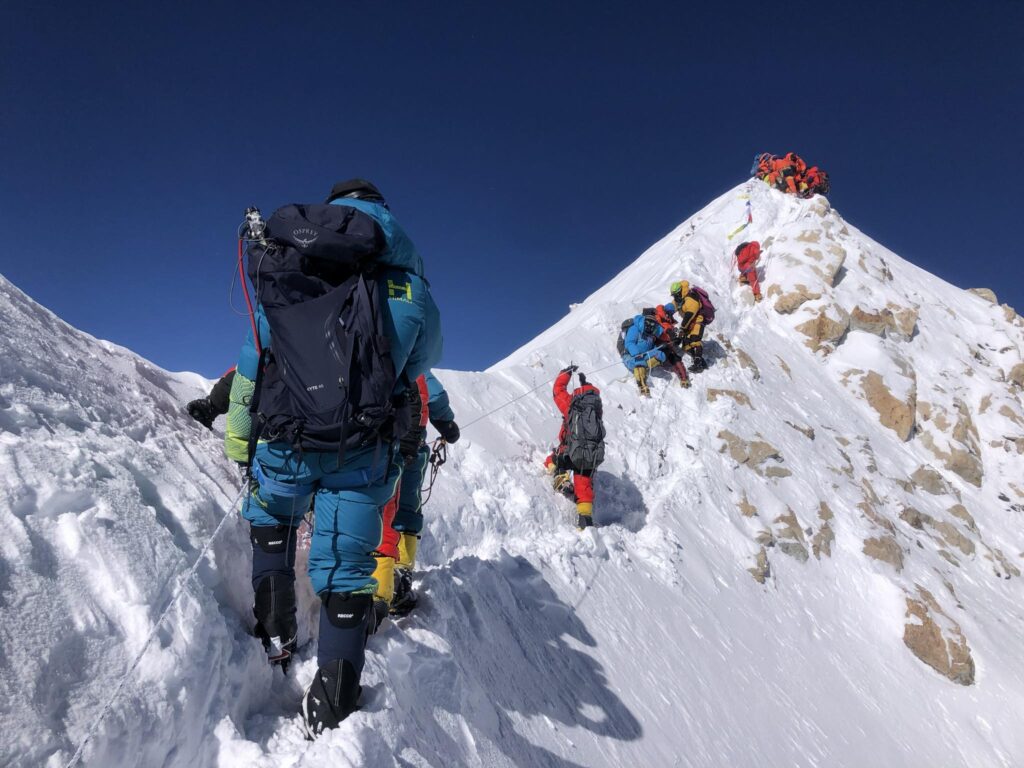
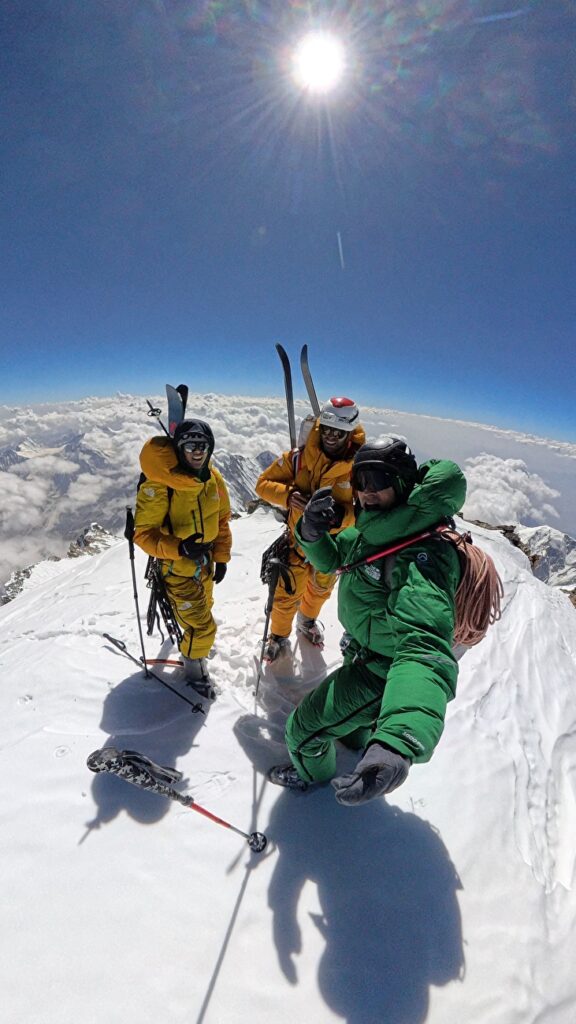
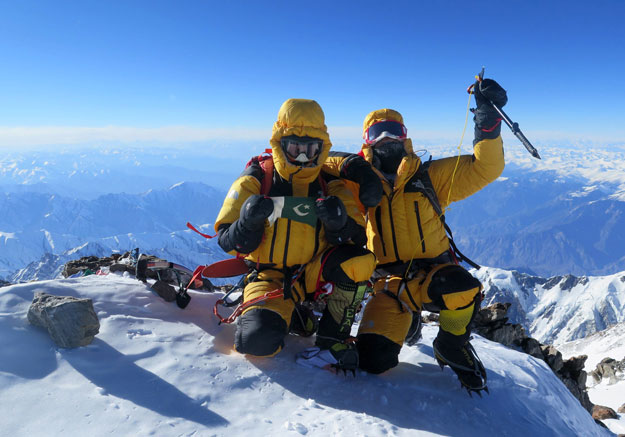
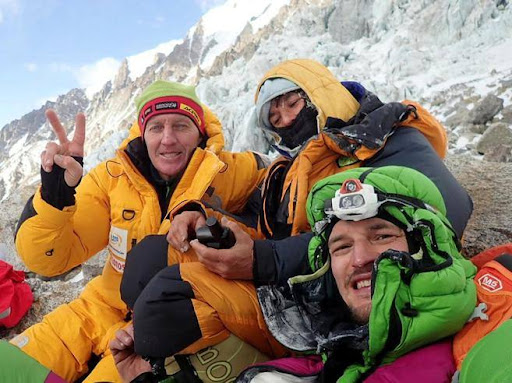
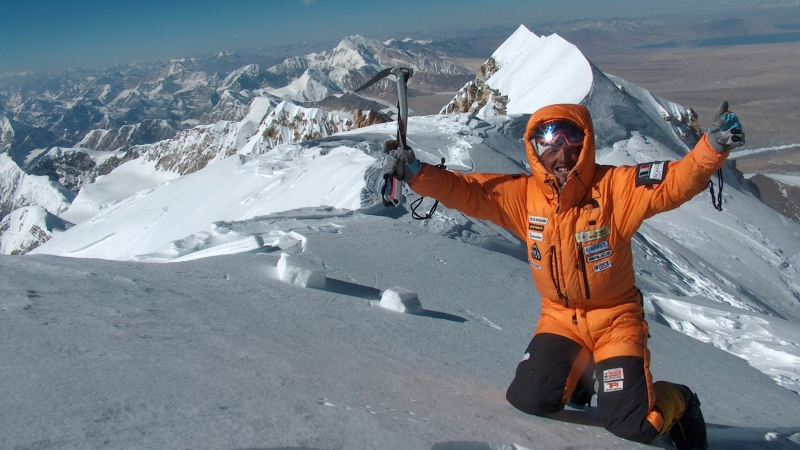
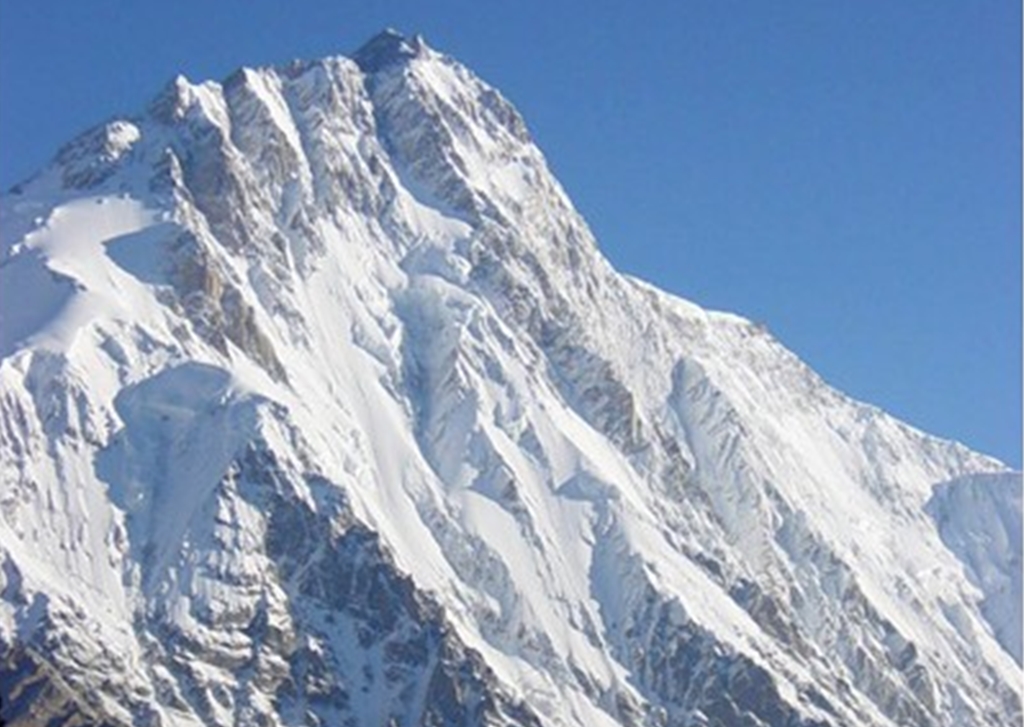
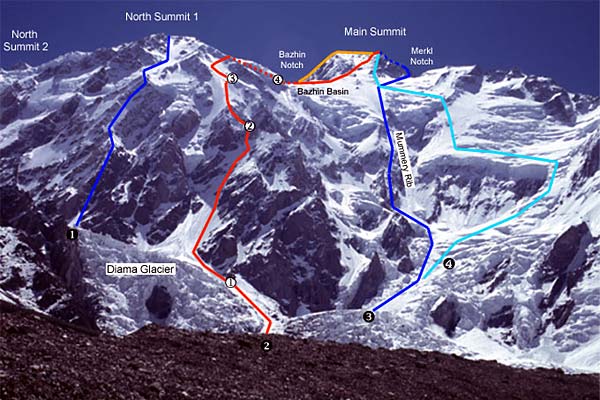
📸 Photography Tips
- Golden Hour: Sunrise at Fairy Meadows for glowing summit shots
- Starry Nights: Milky Way views above the peak
- Drone Shots: With permission only – avoid wildlife zones
- Rupal Face: Best seen from Tarashing village
🧭 Cultural Significance
Locally known as “Deo Mir” in Shina, meaning “Mountain of the Spirits”, Nanga Parbat holds mythical significance among locals. Villages around the mountain — like Tattu, Fairy Meadows, and Tarashing — reflect the Shina and Gilgiti cultures, offering insight into local traditions and warm hospitality.
🏡 Accommodation & Facilities
Fairy Meadows:
- Wooden huts & campsites
- Basic food & bonfire setups
- No mobile signals; satellite phone only
Chilas:
- PTDC Motel
- Local guesthouses & hotels
🎒 Packing List for Nanga Parbat Trek
- Warm layered clothing
- Trekking boots & wool socks
- Sleeping bag (-10°C or lower)
- First aid kit & altitude meds
- Water bottle, purification tablets
- Camera / drone (optional)
🎥 Famous Documentaries & Books
- “Nanga Parbat” (2010) – A movie based on Reinhold Messner’s tragic expedition
- “The Naked Mountain” – Messner’s detailed book about his 1970 climb
- “Killer Mountain” – National Geographic documentary
🔍 FAQs About Nanga Parbat
Is Nanga Parbat climbable for non-professionals?
Can I trek to the base camp?
Is Fairy Meadows safe?
Are permits required?
📝 Final Thoughts
Nanga Parbat is not just a mountain — it’s a legend written in snow and stone, a place where myth meets adventure, and a reminder of nature’s beauty and power. Whether you’re gazing at it from Fairy Meadows or reading about its fearless climbers, Nanga Parbat leaves an impression that lasts a lifetime.
Related Destinations You Should Explore
- K2 Mountain Pakistan: The Savage Beauty of the World’s Second-Highest Peak
- Rakaposhi Mountain Pakistan – A Complete Travel Guide to Shining Wall
